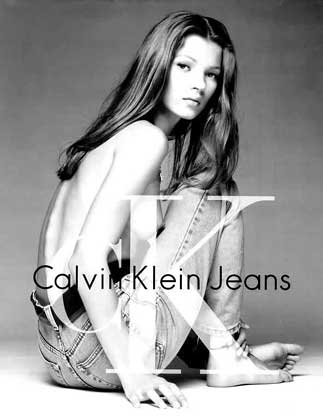
Agency: Chiat Day
Advertiser: V&S
Creative Director: Gerry Graf
Creative Director: Rob Smiley
Art Director: Pam Fujimoto y Phil Covitz
Copywriter: Brandon Davis
Photographer: Vincent Dixon
.
 Understand their priorities
Understand their priorities importance of realizing that not all moms are the same. She describes three moms´ generations: baby boom moms, Gen X moms and Millennium moms.
importance of realizing that not all moms are the same. She describes three moms´ generations: baby boom moms, Gen X moms and Millennium moms.











 Nowadays house is no longer just and only a space to live, but it’s a place where to have a good time. Edesa knew perfectly how to make the best profit of this aspect and how to present it in the campaign.
Nowadays house is no longer just and only a space to live, but it’s a place where to have a good time. Edesa knew perfectly how to make the best profit of this aspect and how to present it in the campaign.

 Apart from that, the rest of campaigns play the normal game of seduction between women and men, and this is why the product is attractive.
Apart from that, the rest of campaigns play the normal game of seduction between women and men, and this is why the product is attractive. All the spots nominated for Fem TV awards show an economically independent women who is a family lover but at the same time likes looking after herself.
All the spots nominated for Fem TV awards show an economically independent women who is a family lover but at the same time likes looking after herself.“Imagine. Create. Innovate.”
 This is the slogan which European Union has chosen to promote this New Year: the European Year of Creativity and Innovation. (Can read the European Parliament resolution here).
This is the slogan which European Union has chosen to promote this New Year: the European Year of Creativity and Innovation. (Can read the European Parliament resolution here).
According to Jan Figel, the Education Commissioner, there has never been better time for
Imagine, create and innovate is what AdWomen wants to promote and we begin the year with the biggest energy ever! In this blog every day you will find the most interesting advertising works created by/for women and the most relevant studies related to women in advertising.
Your participation is more than welcome in AdWomen. Opinions, news, works… All these together will help us approach the female side of advertising.
Happy New Creativity Year with AdWomen
Source: European Union